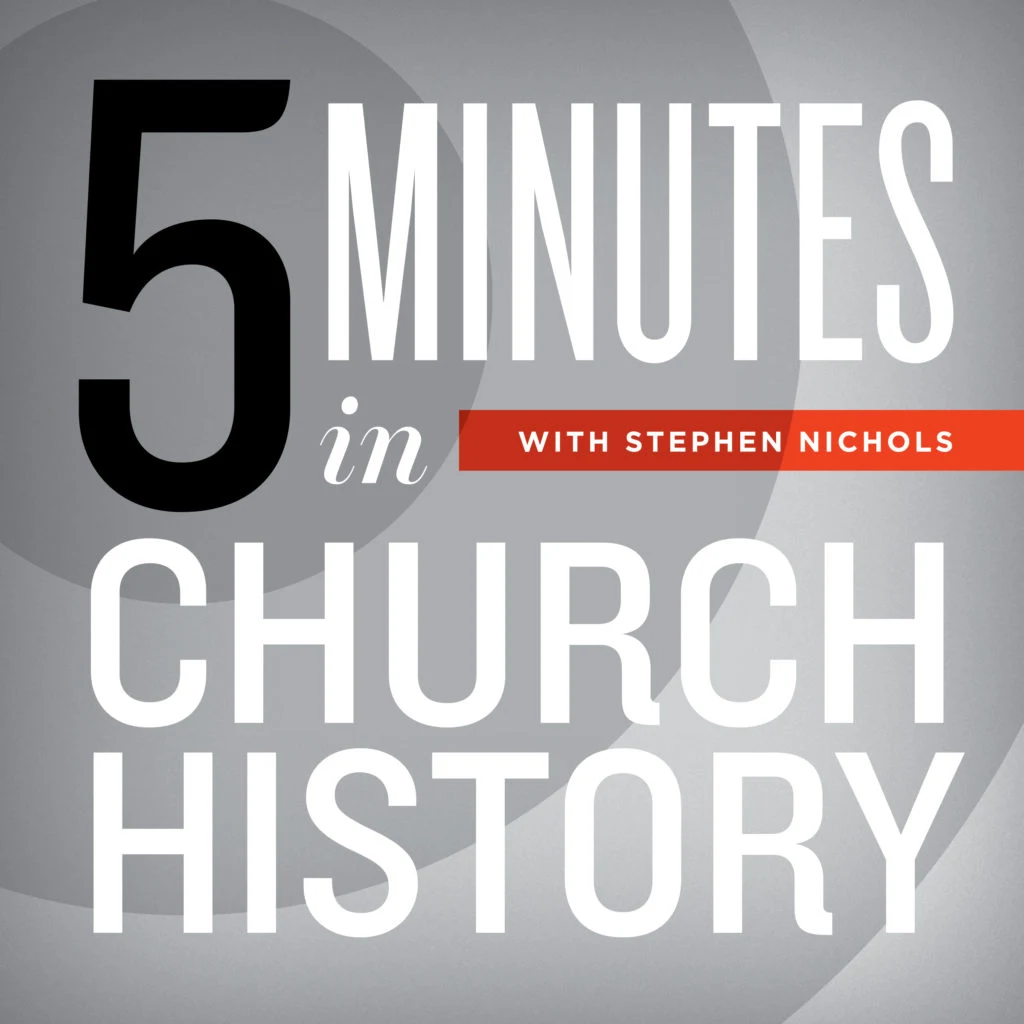The King James Bible

On this episode of 5 Minutes in Church History, Dr. Stephen Nichols visits the Museum of the Bible in Washington, DC to take a look at one of the most renowned translations of Scripture in the English language.
We are at the Museum of the Bible in Washington, DC. We are here to talk about the King James Bible. If you were to go rooting through your grandma's attic and you came across what you thought was a first printing of the King James Bible, how would you know? All you would need to do is go to Ruth 3:15 and see how it ends. If that verse ends with “he went into the city,” you would know that you had an authentic 1611 first printing. And, by the way, it would be worth a mint. But if it had “she went into the city,” then you would know it was not a 1611 Bible.
What we have here in the Museum of the Bible is a visual and real representation of the history of the English Bible. It begins with Tyndale in the 1520s. Tyndale gave his life to bring the Bible into the language of the English people. Now we know that Wycliffe produced a translation of the Latin into the English. But what we're talking about is a translation of the original Greek New Testament and the Hebrew Old Testament, which began with Tyndale. In 1535 we have the Coverdale Bible, named for Miles Coverdale. It was largely the Tyndale translation. In 1537, we have the Matthew Bible. A Tyndale associate produced this Bible. His name was John Rogers but he gave himself the pseudonym of Thomas Matthew, and so it's known as the Matthew Bible. Then we come to 1539, and we have the Great Bible. It's the Great Bible because of its size. It was meant to be a lectern Bible, and it is quite a specimen.
And then we come to the Bible of the Puritans, the Geneva Bible. In the 1550s and 1560s these were the Puritan exiles of Calvin's Geneva. Calvin believed that people should work, and so these English scholars worked on an English translation, the Geneva Bible. It was the first Bible with notes and the first English Bible with versification based on a Greek testament that was published in 1551 called the Stephanus Greek text. There's a copy of that in the Museum of the Bible as well.
And then we come to the Bishop's Bible in 1568. This was a bit of a response to the Geneva Bible, which had the support of the Puritans and the Dissenters. The Anglicans wouldn't be left out, so we've got the Bishop's Bible. And then we come to an important date: 1604. King James had been on the throne for less than a year by the time we get to the February 1604. Over the course of three days, meetings were held with Puritans and Anglican bishops, with King James overseeing it all. One of the decisions that came out of the Hampton Court Conference of 1604 was the need for a new translation. Sure enough, seven years later the Authorized Version—authorized by the king himself—was published: the King James Version.
Now we get to Ruth 3:15. The very first printing of this Authorized Version by the authorized printer in the city of London is here in the Museum of the Bible. And it is open right to Ruth 3:15. The ending of the verse has “he went into the city.” The verse is sort of a go-between with Ruth and Boaz. They're both subjects, and both of those proper nouns occur in this verse. What should the pronoun be? In the 1611 it's he. But in the Hebrew manuscripts that were discovered between 1611 and 1633, it's she, not he. It's not a reference to Boaz but to Ruth. In 1613 a printing of the 1611 was redone, and it's called the Great She Bible of 1613.
How do you know if that treasure you found in Grandma's attic is indeed an original first printing 1611? Check the ending of Ruth 3:15.
Recent Episodes
Christmas in New England
December 24, 2025|General Church History
A Little Church History of a Middle Colony: The First Great Awakening
December 17, 2025|American Church History
A Little Church History of a Middle Colony: Early Influences
December 10, 2025|American Church History
Gunpowder and a Proclamation
December 3, 2025|Geographical Perspectives
Thanksgiving in Church History
November 26, 2025|American Church History
3 Sermons on the Hallelujah Chorus
November 19, 2025|General Church History
